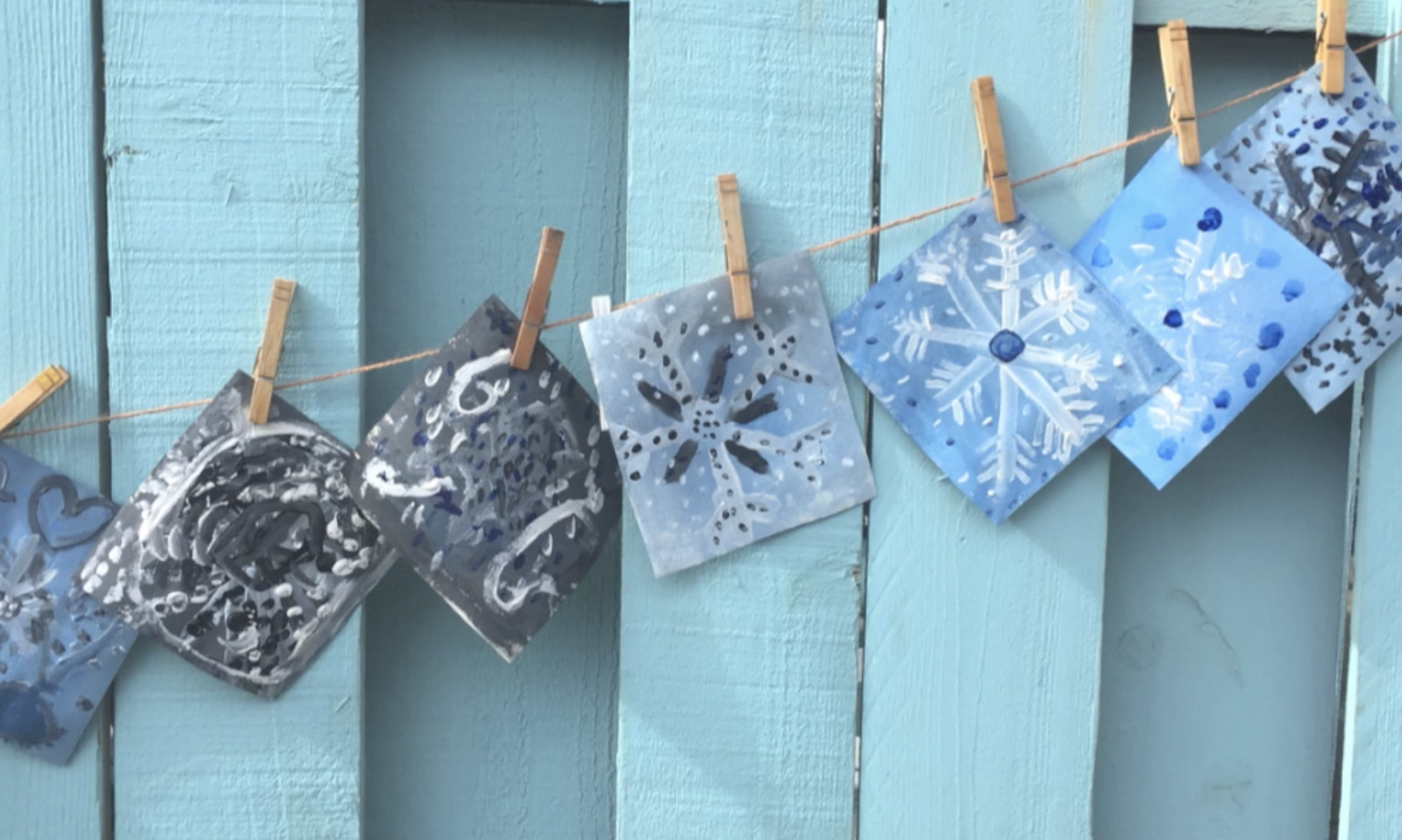I know that if you’re reading this blog right now, then you want to teach your Montessori students visual art! And I applaud you for that! It’s such an awesome thing to see kids get excited about art and making things with their own hands—and one way to do that is through positive art talk.
I’ve worked with so many Montessori teachers over the years, and for the most part, their number one fear is that because they don’t have a background in art they won’t be able to teach it to their students. If this is your fear, I’d suggest enrolling in my new online course Art Teaching Blueprint; in just seven modules, I go through how children learn art, and break it down so it’s easy for you to understand and then turn around and teach—I even include several step-by-step lesson guides!
The truth is, you can get students interested in art without having a strong background in the subject, you just have to know how to talk to them and encourage them. Here are a few pieces of advice for the next time you talk to a student about his or her artwork.

Remember Their Skill Level
When kids are creating and then sharing their artworks, it’s important to remember rein your expectations. Depending on your students’ ages, they might be brand new to art still learning how to paint, draw, and craft. Most artworks made by young kids are simply experimental, led by curiosity and art play. For them, the point of art is just to create, and their finished pieces won’t look like anything at all. That’s perfectly fine—it’s still art!
Listen First
As students get older, they might be creating art to represent actual ideas or objects…but their finished work still might not look like what they intend it to. My advice is to listen first. Let them describe what they’ve made on their own. Listening is very supportive and won’t make a child feel judged or bring focus to their artistic skills.
Speak Second
I encourage you to listen first because you don’t want to ask too many questions about what your students painted and why, because it can quickly overwhelm them. One of the most common mistakes teachers is trying to analyze a student’s work like an art critic. We want students to create art for themselves, based on their own ideas, interests and creativity. If you judge their work—even positively—it can cause them to begin creating work they believe you’ll like or appreciated, which can stump their own expression in the long run.

Slowly Introduce Art Language
If you have a child that shows interest in discussing their artwork and skills, try to introduce art language slowly. Supportive and nurturing language can sound like, “I like your work, do you want to share with me what you created?” If they still look for some type of confirmation from you, then use neutral, observational comments about their work. For example, acknowledging their use of colors, shapes or textures can give them the approval they want, since it shows you’re paying attention to their creation, without putting a “good” or “bad” stamp on their finished work.

Download my Beginner Elements and Principle of Design Cheat Sheet for a list of Montessori early childhood art language terms. I’ve included definitions for each term as well, so you’ll feel more confident using them, knowing you’re using them correctly. In truth, these art language terms can be used in all Montessori classrooms, no matter how old your students are!
To download the Art Language cheat sheet, click here.
Remember That Actions Speak Louder Than Words
At the end of the day, you can create positive reinforcement of a child’s creativity by simply showing off their work. After the child has explained all they can about their art, ask if they want to save, showcase, or maybe give it away to someone special. A reassuring smile of approval and displaying it in your classroom’s inspiration gallery can do so much for their confidence when it comes to visual arts!

Of course, this is just the beginning. Positive art talk is the start building up a child’s confidence and creativity. For more ideas and tips on creating a positive art environment sign up for my newsletter and keep up with my blog. I also strongly recommend that you register for my course, Art Teaching Blueprint. I share the very best way to teach art to your students—it’s taken years of study and experience on my end—but you get all the secrets in one place, in a flexible, easy-to-digest online course. It’s awesome, it’s fun, and I know you’ll love it and learn so much from it!

All rights reserved © 2025, Nature of Art®
No part of this blog may be used or be reproduced in any manner whatsoever including reproducing, publishing, performing, and making any adaptions of the work – including translation into another foreign language without written permission except in the case of brief quotations embodied in critical articles and reviews. Nature of Art® Publishing P.O. Box 443 Solana Beach, California 92075.




